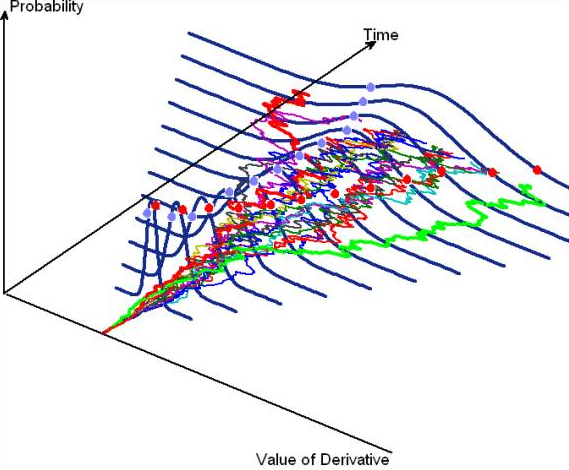Last week we looked at the threat of a systemic credit event in energy markets. Market prices are flashing a warning signal about the capitalisation and interrelated exposures of a number of large commodity trading firms.
However you assess the imminence and magnitude of the current threat, historical evidence shows a clear track record of systemic credit events. We looked at the 2001-03 Enron collapse last week as a case study. The events at the peak of the financial crisis in 2008-09 are another example. So rather than waiting to see if ‘commodity traders 2015-16’ is the next occurrence, what defensive preparations can be made in advance?
Issues with credit risk management in energy companies are often rooted in the basics. For example:
- Ensuring the robust definition & measurement of credit exposures
- Making sure these are reflected in commercial decision making and the ongoing management of counterparty exposures.
Credit risk management problems are often driven by an under-resourcing of credit risk functions, given the perception that they are just a cost centre or administrative control function. There can also be challenges within large energy companies when it comes to managing credit risk within business units (e.g. trading functions) versus the management of broader corporate credit exposures.
On a day to day basis credit risk may appear relatively dormant compared to market risk. But every once in a while it rears its ugly head and the scale of losses can dwarf those of more closely regulated market risk exposures. This means that credit risk is all about robust and efficient practices that provide a structural defence. Ramping up a focus on credit risk once a credit event is already in motion smacks of closing the stable door after the horse has bolted.
Defence in two steps
Building a basic defence against credit risk can be broken down into two key parts: (i) measures in place at the time of transaction and (ii) measures taken on an ongoing basis during the life of the contract.
Time of transaction: Company credit policies should dictate which companies are permitted counterparties, and (via a system of exposure limits) to what extent. Within this policy framework, the application of a Credit Value Adjustment (CVA) ensures that credit risk is priced into transactions on a deal by deal basis. CVA is calculated on the simple principle that a buyer of poor credit standing gets charged more than a strong buyer.
The CVA attempts to quantify the appropriate credit risk premium (or discount, when buying – recognising that credit risk is symmetrical in forward exposures). Its use is twofold:
- As a direct input into contract pricing
- As the basis for an internal transfer (actual, into a credit reserve; or notional for management accounts) to provide ‘self-insurance’ against the statistically expected losses arising from the portfolio.
Additionally, an extension of the CVA calculation generates an ‘at-risk’ number (sometimes called ‘CVaR’). CVaR is used in assessing how much of a credit limit is utilised by a transaction, and how much risk capital is represented by the deal. CVA is becoming common practice in energy companies, helped by an increased regulatory focus (e.g. IFRS 13).
Ongoing management: On a continual basis through the life of the contract, various practical steps are taken to update the calculation of, minimise, and manage the ongoing exposure. This exposure may actually be getting worse with time, as market conditions and/or general corporate weakness affect the counterparty adversely and call their commercial performance into question.
These steps include clearing, netting, bilateral margining and calling for collateral. Importantly they typically depend on the contract being written with good credit support terms.
Ongoing management of credit risk also falls back on robust definition, measurement & reporting of credit exposures. This requires an effective capability to analyse the future evolution of credit exposure, for example incorporating techniques such as:
- Potential Future Exposure (PFE): quantification of maximum expected credit exposure of a contract/portfolio for a given time horizon & confidence interval.
- Credit VaR (CVaR): quantification of default loss for a given time horizon & confidence interval.
These techniques are the building blocks of tracking and managing credit risk on both an individual contract and a net portfolio basis. The stochastic measurement of PFE for an example hedging contract is illustrated in Chart 1.

